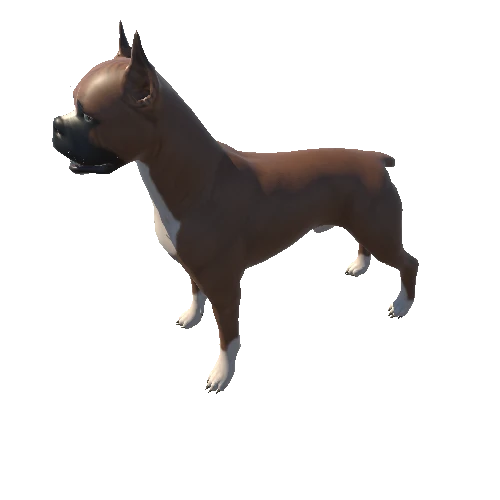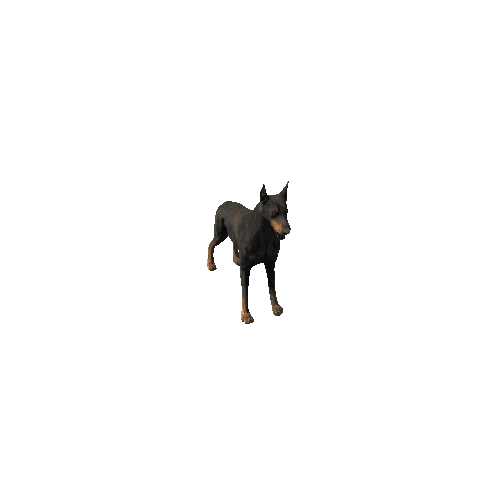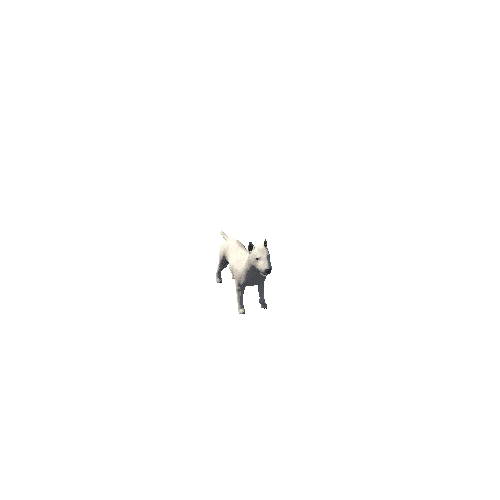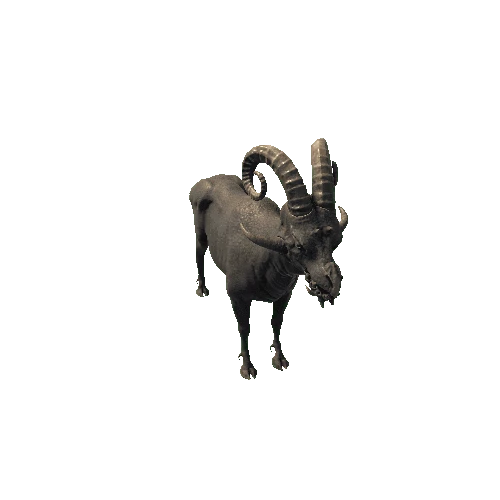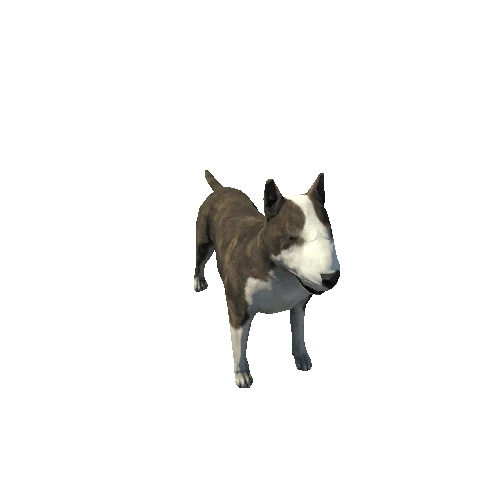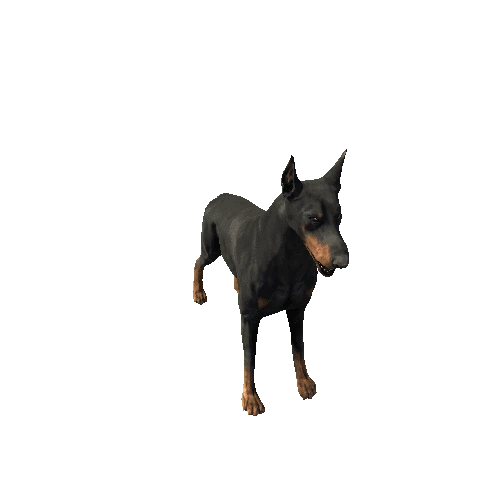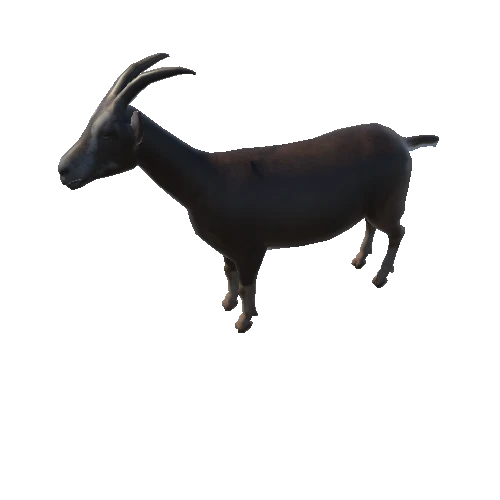Select or drop a image or 3D model here to search.
We support JPG, JPEG, PNG, GIF, WEBP, GLB, OBJ, STL, FBX. More formats will be added in the future.
Asset Overview
Culture: [Medieval](http://n2t.net/ark:/99152/p0gjgrsxwzx). Current Location: [The Hunt Museum](https://www.huntmuseum.com/), [Limerick](https://www.geonames.org/7778675/limerick-city.html). Accession number: CG 073.
This [aquamanile](http://vocab.getty.edu/page/aat/300045667), hollow cast in copper-alloy, takes the form of a horse. A dragon, forms a handle, and holds the short reins. There is a hinged lid on the horse’s head and a tap with a spigot plug in the lower chest. The handle and reins and spigot were made separately and attached by soldering. The Latin term aquamanile is conventionally applied to vessels from which water was poured for hand-washing in both domestic and liturgical contexts. Most aquamanila in copper-alloy were cast using the cere perdue method and European examples date from the twelfth to the fifteenth century. By 1400 Nuremberg was becoming a major centre for artistic production, in particular metal work. [More](https://tinyurl.com/2h6xze6y).

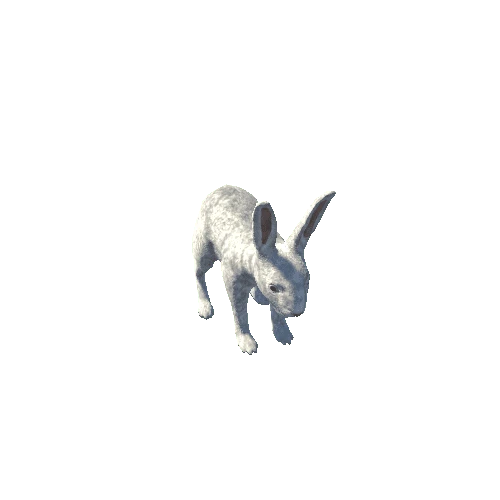



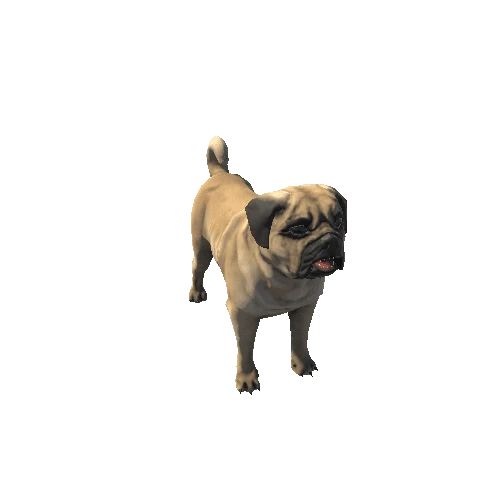

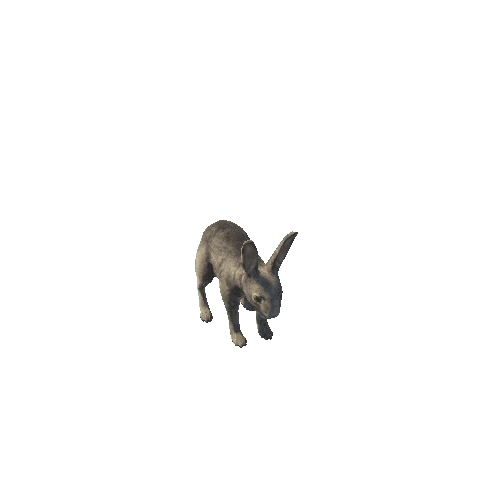

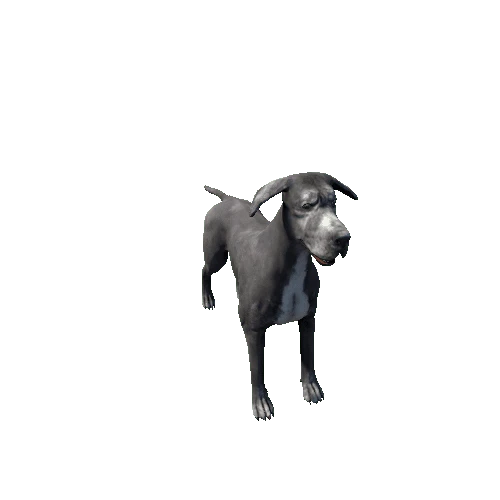

/Screenshots/BullTerrier_mouthOpen (1)_110.webp)
